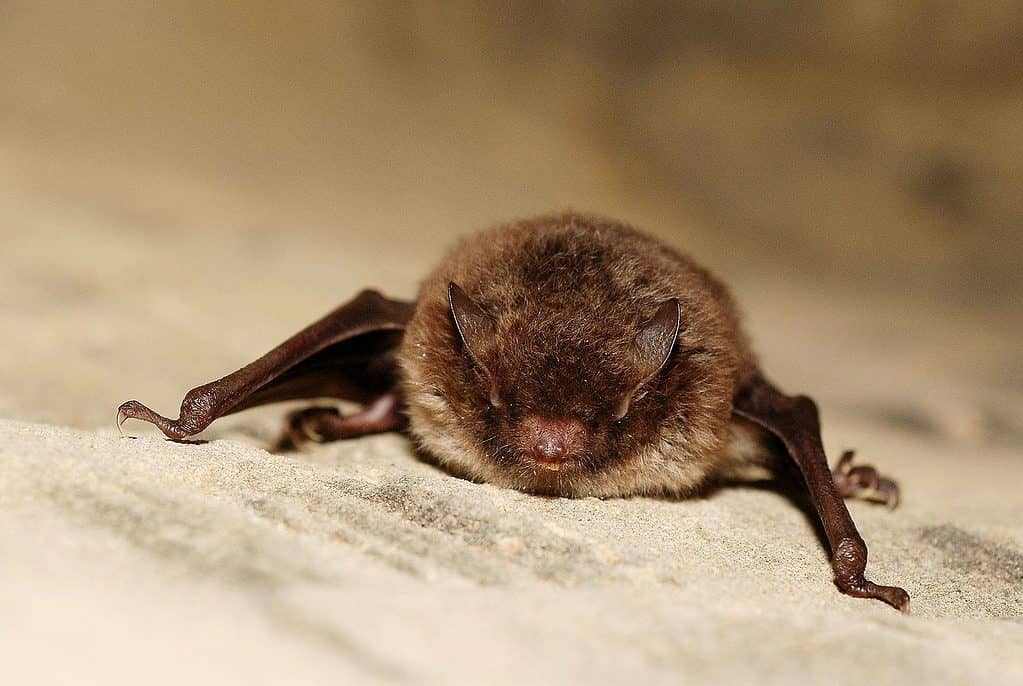Bats have a vocal range that far surpasses that of most humans and they use that to greet each other with death metal growls, according to a new study. While they emit ultrasonic peeps to echolocate flying insects in the dark, they also use thick structures in the larynx to communicate with each other at low frequencies, the researchers found. Just like some hardcore bands out there.

Vocal communication is essential for bats. They use sound to navigate their surroundings and locate their prey in a process known as echolocation – also used by flying critters to communicate socially. But bats also let out much lower frequency calls thanks to the structure of their larynx. Scientists have speculated about this for years, not being able to identify exactly how they could pull this off.
“We identified for the first time what physical structures within the larynx oscillate to make their different vocalizations. For example, bats can make low frequency calls, using their so called ‘false vocal folds’ — like human death metal singers do,” Coen Elemans, the lead study author and a professor of biology at the University of Southern Denmark, said today in a media statement.
Better understanding bats
The researchers set out to investigate the noise-making techniques of Daubenton’s bats (Myotis daubentonii), a small bat species found across Europe and Asia. To do so, they affixed individual larynges dissected from bats with a microphone and placed them under a microscope. They then directed air up through the larynx, simulating how the air would travel out of the mouth of an actual live bat.
The airflow caused structures in the larynx to vibrate and produce sound, which Elemans and his team captured with a high-speed camera. They identified two laryngeal structures responsible for the extreme highs and lows of a bat’s vocal range – spanning three or four more octaves than the average human. They are the “first direct observation” of these vocal structures, they explained.
“To show their vibrations we needed to film at extremely high rates, up to 250,000 frames per second. We see many adaptations in the larynx, that we think are responsible for the bat’s ability to make very high frequency calls very fast, so that they can catch insects while flying”, biologist and bat expert Lasse Jakobsen, and one of the study co-authors, said in a media statement.
The researchers found that high-frequency calls are produced in bats by thin vocal membranes located on top of the vocal cords, while lower-frequency calls came from the so-called false vocal folds – which get their name from being rarely used in humans, never to speak. False vocal folds are, however, believed to be used in extreme vocalizers like death metal singers in any concert — the growling in that particular type of music.
It’s not yet fully clear to the researchers what these growls in bats actually mean. After studying the larynxes extracted from bats, the researchers caught other nine bats and recorded them vocalizing. Only three growled when they were returned to the roost after weighing or when stroked by a human. This could be an indication of the growl’s purpose, but further research will be needed to clear this one out.
The study was published in the journal PLOS Biology.









